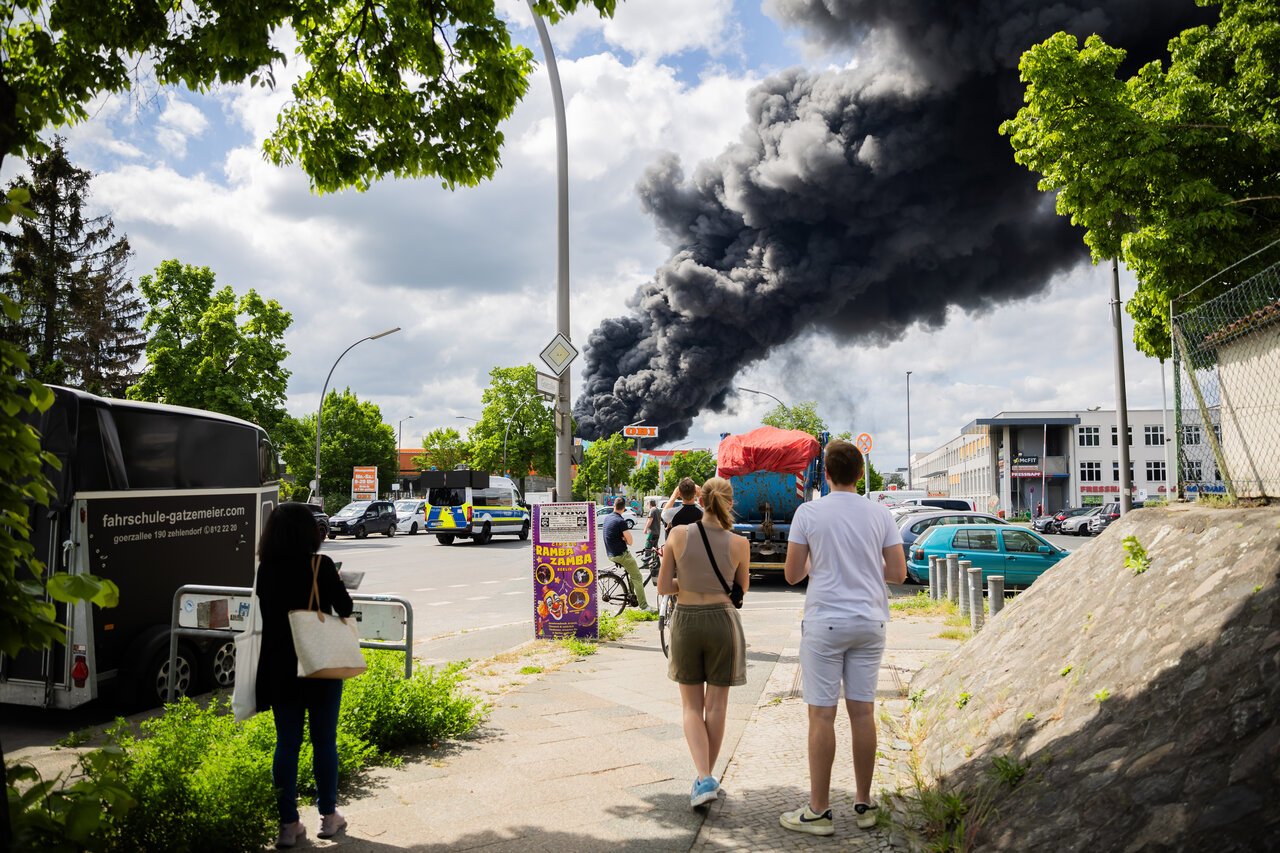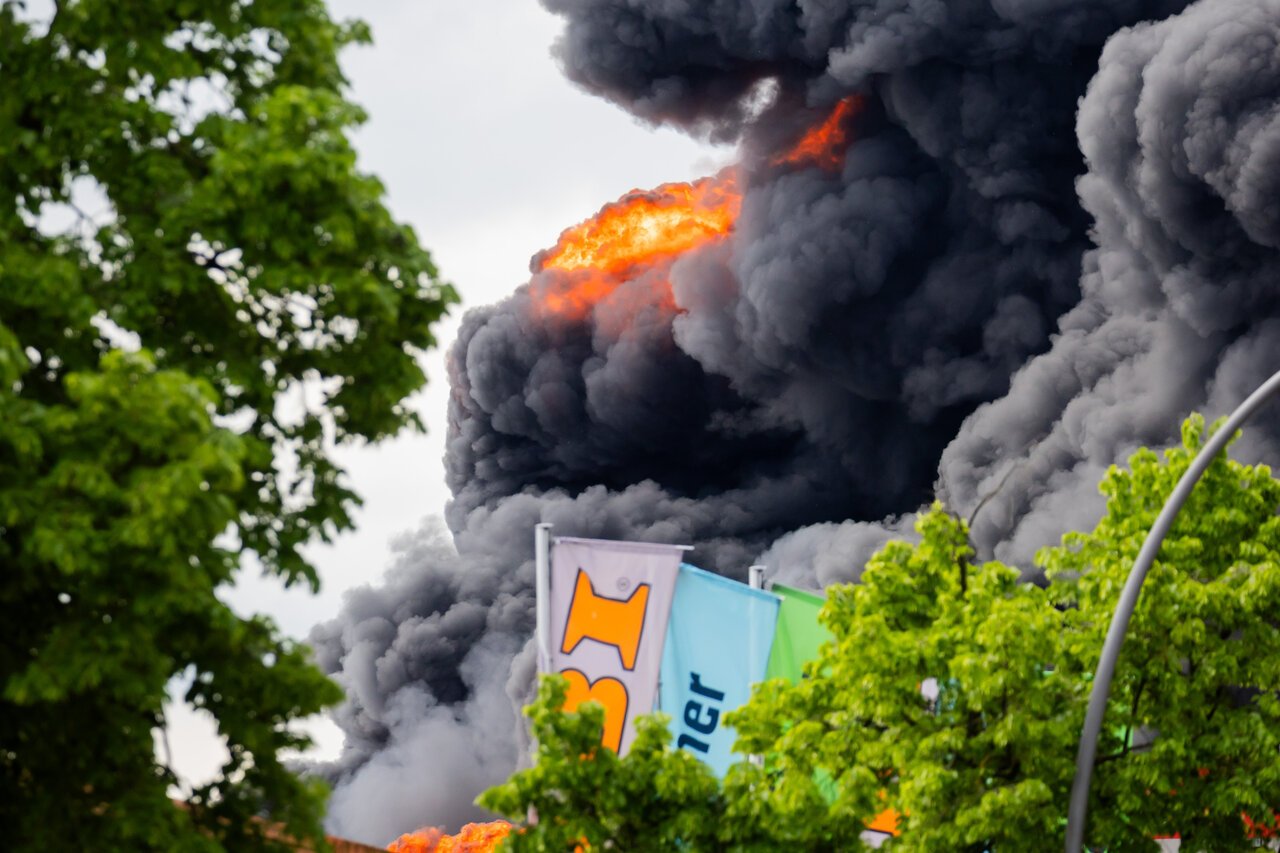Berlin’s problems with handling naturalisation applications are well-known: each year, the city is inundated with thousands of applications, leaving the thinly-staffed offices in the buroughs struggling against a tide of paperwork.
In 2023, the German capital received 15,000 citizenship applications in the first nine months of the year alone – on top of a backlog stretching into the tens of thousands. They were able to process just 7,000.
All of this has meant that waiting times of two years or more have become the norm in Berlin, and many people wait for as long as three years to get their hands on their German passport.
With the opening of the new central authority, the capital is hoping to solve this problem and has said it aims to process at least 20,000 applications a year.
But will things run as smoothly as expected? Here’s what you need to know.
What’s changing in Berlin this year – and why?
Until the start of 2024, citizenship applications in Berlin were handled by each Bezirk – or borough – in the city.
That meant that someone living in Neukölln, for instance, would apply to the citizenship office in Neukölln, someone in Wedding would apply in Mitte, a Prenzlauer Berg resident would apply in Pankow, and so on.
One controversial aspect of this was that different boroughs had different waiting times for applications to be processed. Pankow, an especially large Bezirk with a high foreign population, was notorious for its long processing times.
READ ALSO: Why German citizenship applications in Berlin are facing delays
Another issue was the fact that if someone moved to a different Bezirk, they would have to start their applications all over again. That meant that people were either stuck in one place while waiting on their application, or faced yet more stress and frustration if they fell afoul of the rules.
To top it all off, the existing local offices seemed unable to handle the swathes of applications received each year, and the backlogs were growing year by year.
To tackle some of these issues, the Senate decided to open up a new centralised office that would handle all applications within Berlin. With 210 staff positions compared to the previous 90, there are hopes that the capital can finally start processing the mountains of unread applications.
To speed things up, the new department of the Landesamt für Einwanderung (LEA) is also relying on a new digital system for handling applications, ending the era of paper forms and tedious data entry tasks.
How will the new application process work?
At the new LEA citizenship office, everything will be done online – pretty much from start to finish.
Instead of booking an initial consultation – or screening call – with a member of staff, anyone interested in applying will answer questions on the LEA’s ‘Quick Check’ tool on things like how long they’ve been in Germany, their employment status and their level of German.

If it looks like they’re eligible, they will be invited to apply. If not, the Quick Check tool will let them know that their application may not be successful.
After this step, would-be Germans can submit an application by filling in the online application form, uploading the relevant documents and paying the €255 application fee.
Then it’s a question of waiting for the LEA to process the application, or potentially submitting more information or additional documents requested by the authorities.
READ ALSO: Berlin launches online German citizenship application form
Will they really be able to process 20,000 applications a year?
That’s debatable. One major issue facing the new office is that they are still dealing with a huge pile of applications from old boroughs that haven’t been processed yet.
To allow time for officials to work on older applications, the Berlin buroughs stopped accepting citizenship applications around the middle of last year, meaning many had to wait until the new authority opened in order to apply.
According to the latest figures, there are around 40,000 applications still waiting to be processed – many of which were submitted in paper form.
These huge crates of documents will have to be digitalised before they can be worked on, which means hours of scanning and entering data into computers.
Regional media outlet RBB24 has reported that the Senate has hired a company called Exela to help the new authority accomplish this mammoth task.

Another big question mark hanging over the LEA is if they will able to hire the number of employees they want in light of the ongoing skilled worker shortage.
Of the 210 open positions in the new office, just 139 have been filled so far – and new staff will also have to be trained up before they can be fully comfortable in their roles.
All of this raises questions on whether the plan to clear tens of thousands of applications each year will really become a reality, particularly in the first year of opening when the new authority is still finding its feet.
Even if they are able to hit their targets, it would still take two years just to clear the current backlog – and the authorities are expecting an even bigger influx of applications once Germany’s new citizenship law comes into force.
READ ALSO: The vocabulary you need to understand the German citizenship process
However, it’s likely that waiting times will still vary from case to case, and some people could see their applications processed much faster.
That’s because applications are handled by nationality rather than just chronologically, so people from countries with fewer applicants may well be at an advantage.
On the other side of the coin, people from countries with a high number of applicants – Syria, Turkey and Poland are the three big ones – may find themselves waiting several months to get their hands on that highly sought-after German passport.





 Please whitelist us to continue reading.
Please whitelist us to continue reading.
Member comments